The difference you make
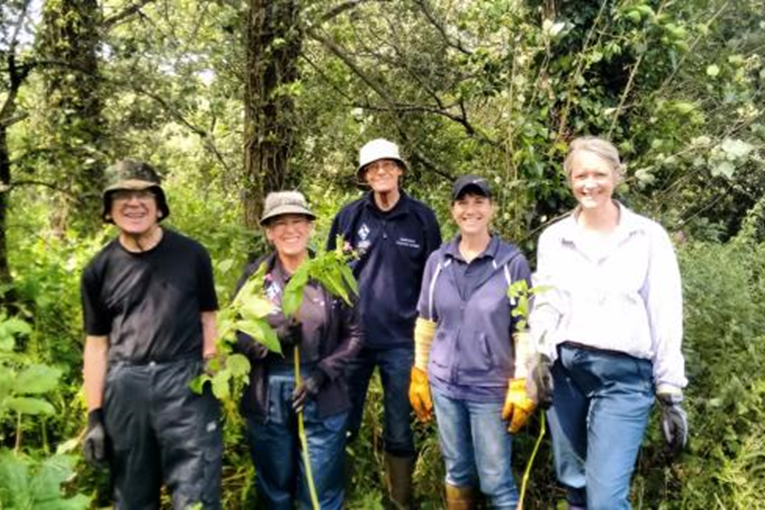
Climate Change Resilience
Supporting maintenance and restoration of coastal erosion along the Pembrokeshire Coast Park National Trail that impacts habitat, communities and visitors. Funding projects that support the mitigation of climate change across the Coast. Supporting projects such as Dark Skies, Stitch in Time and the National Trail.
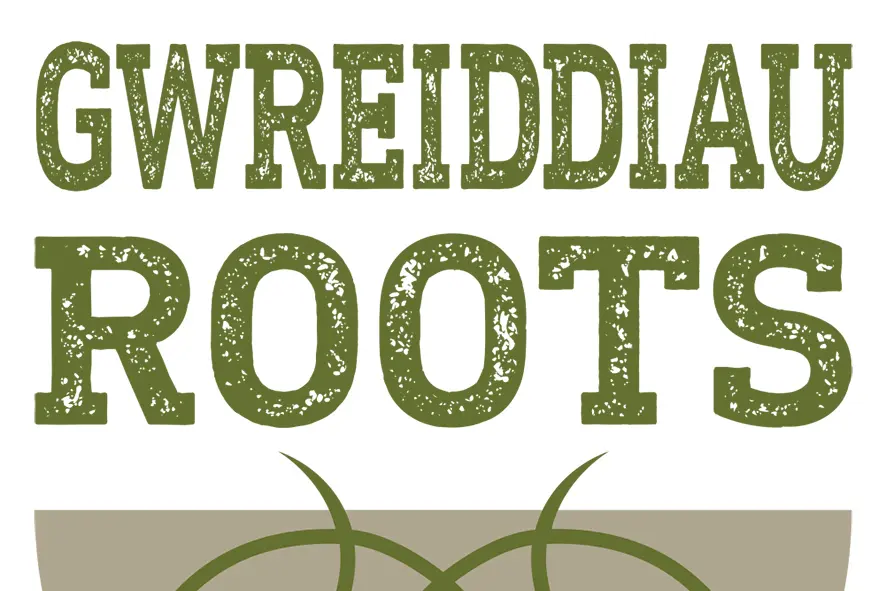
Gwreiddiau / Roots
The Gwreiddiau / Roots project was set up at the beginning of 2020 to boost children’s knowledge of natural produce and the food networks that exist in their own community. With the aim of strengthening links between schools and local food producers.
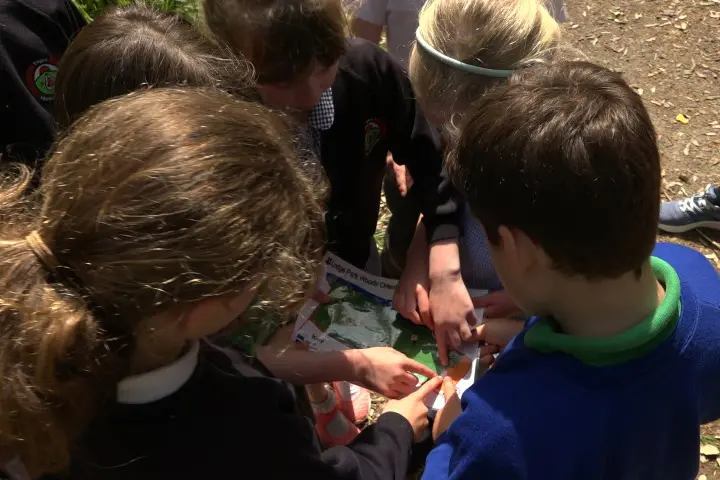
Pembrokeshire Outdoor Schools
Working with the Pembrokeshire Outdoor schools partnership and thanks to funding from the People’s Postcode Lottery, pupils across Pembrokeshire are benefiting from greater access to outdoor learning.
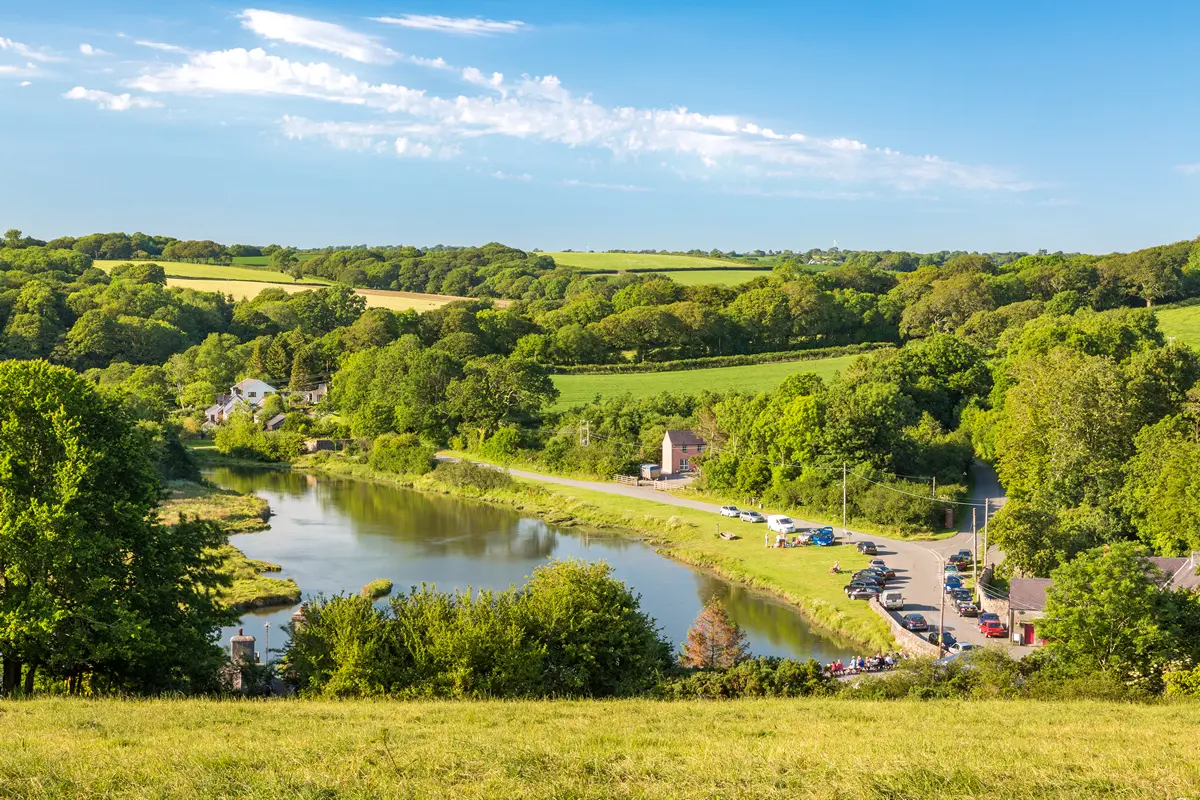
Pathways to Resilience
Pathways to Resilience is a supported volunteering project with a primary purpose of ‘enabling more individuals from under-represented groups and disadvantaged communities to participate in volunteering activity across the National Park.
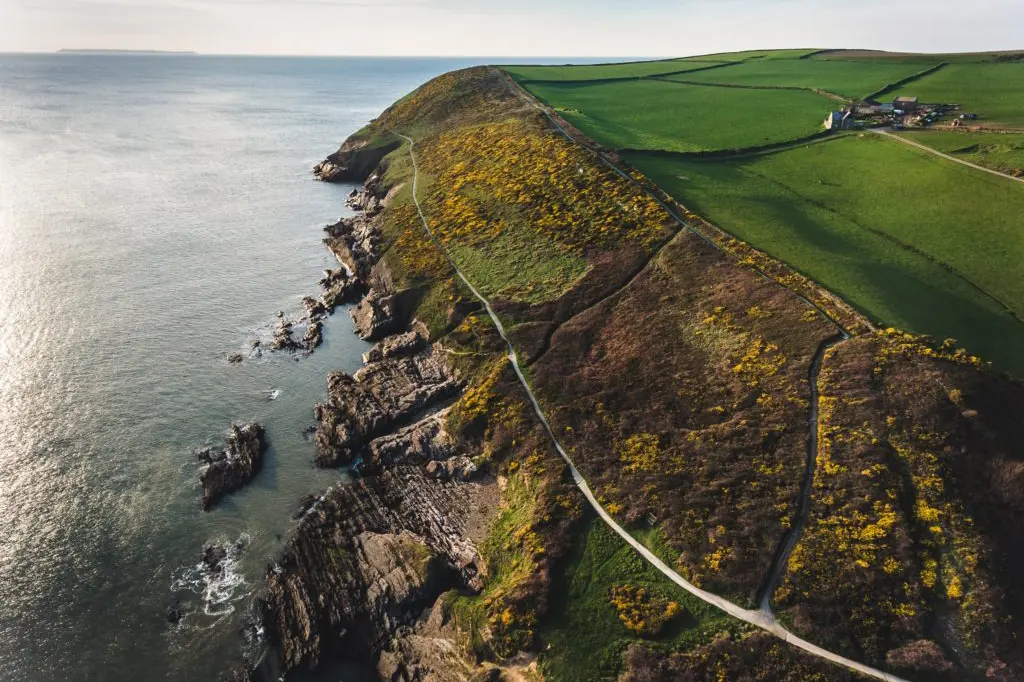
An Accessible Pembrokeshire
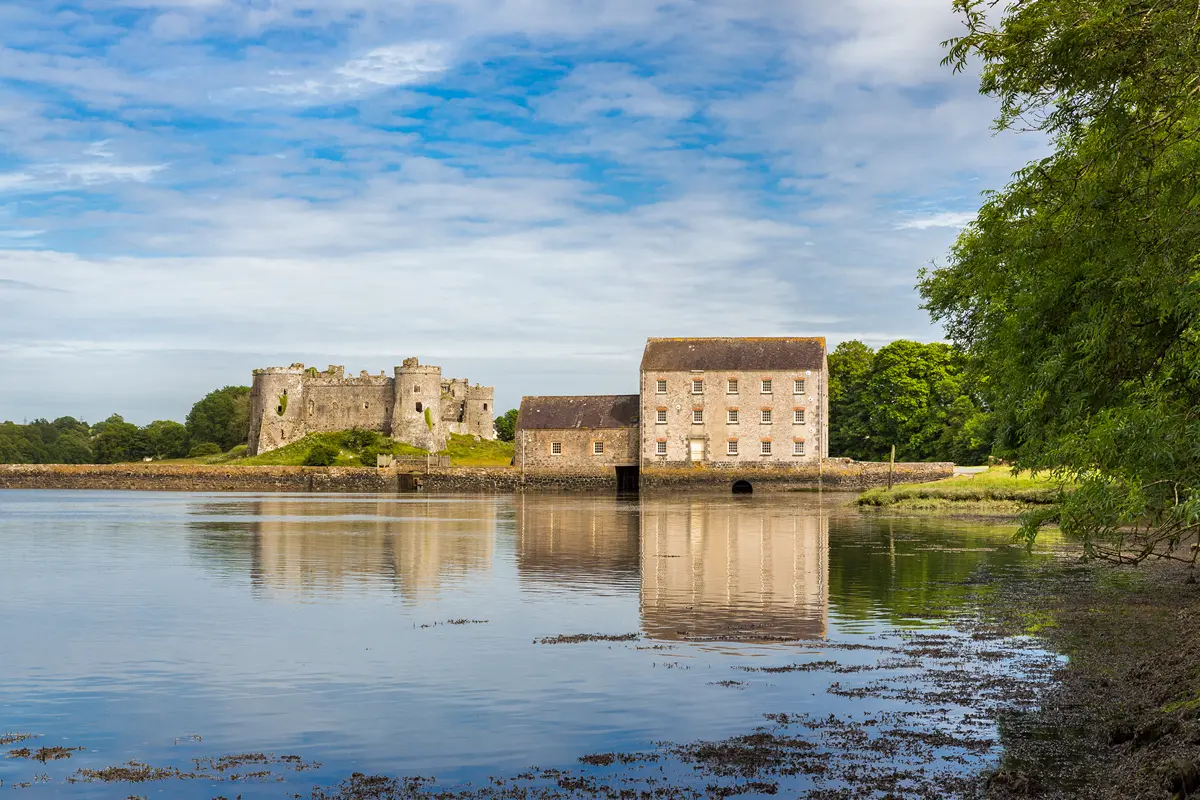
Stepping into the past
Supporting heritage projects across the park involves restoring and maintaining the crucial infrastructure of Pembrokeshire’s rich history. By educating the public through digital interpretation, events, and experiences, it will ensure that the heritage and stories of Pembrokeshire are preserved and accessible to all. This includes projects such as archaeology digs, St Brides wall restoration and Carew Castle improvements.
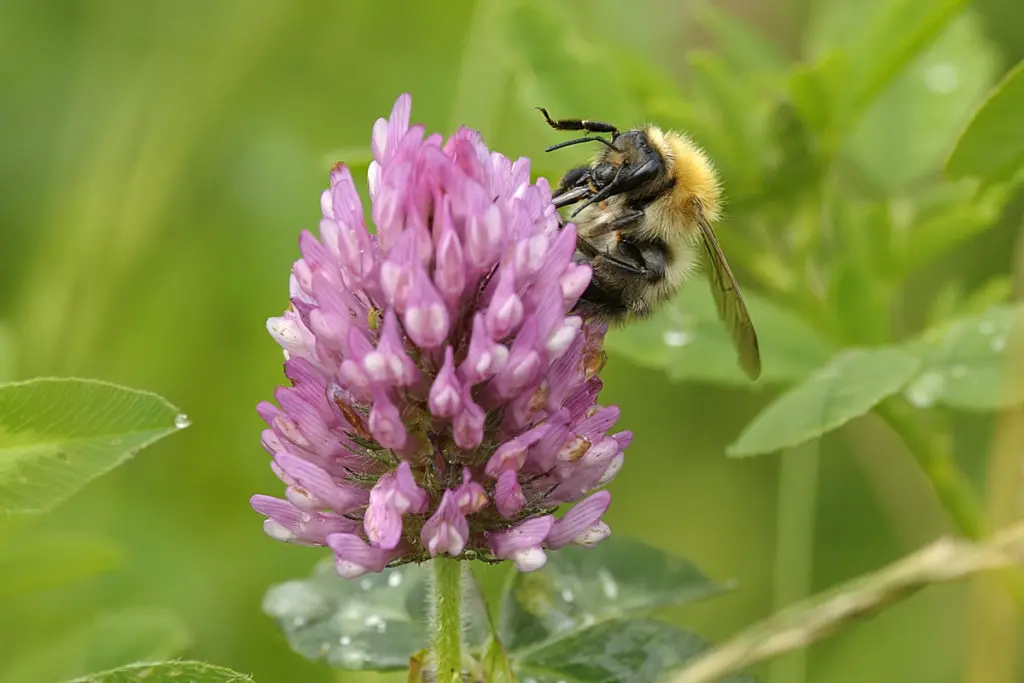
Let's talk about the birds and the bees

Force for nature mini grant scheme
A mini grant scheme supporting Pembrokeshire groups to deliver positive conservation and environmental actions in their local communities.